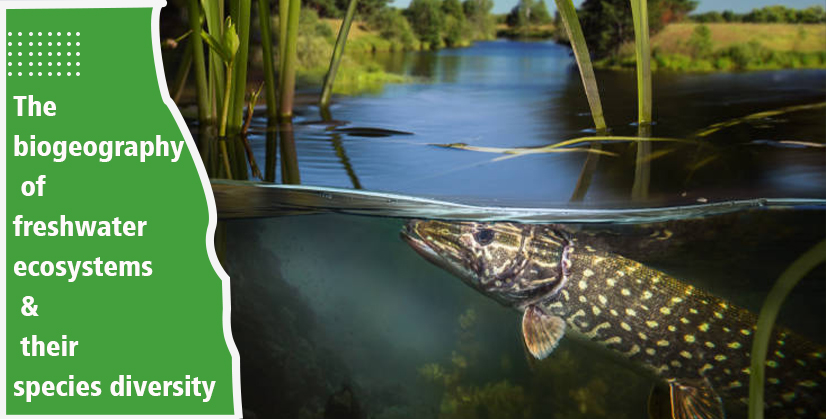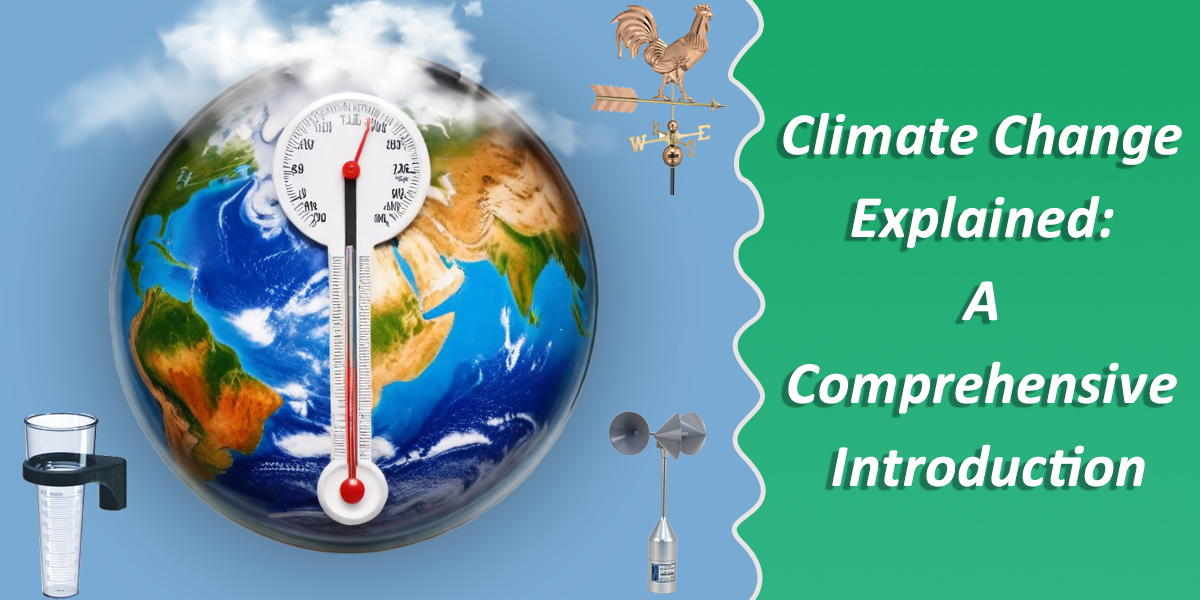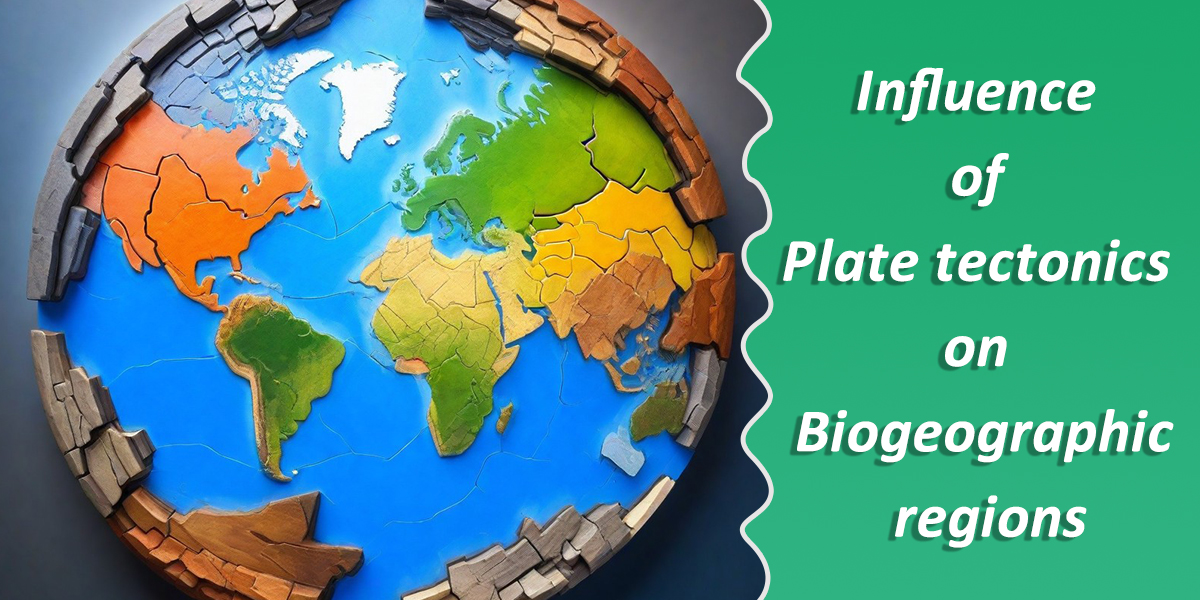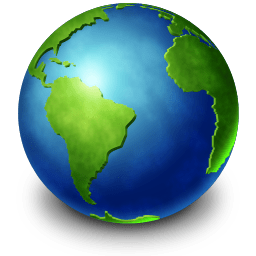Physical geography is a study that involves observing and recognizing our environment’s features and the processes involved in the creation, modification, and destruction of our environment.
By dissecting the earth into unique systems, we can look for the connections that will help us understand complex environmental problems like climate change, pollution, biodiversity loss, etc.
What are the 4 major earth systems?
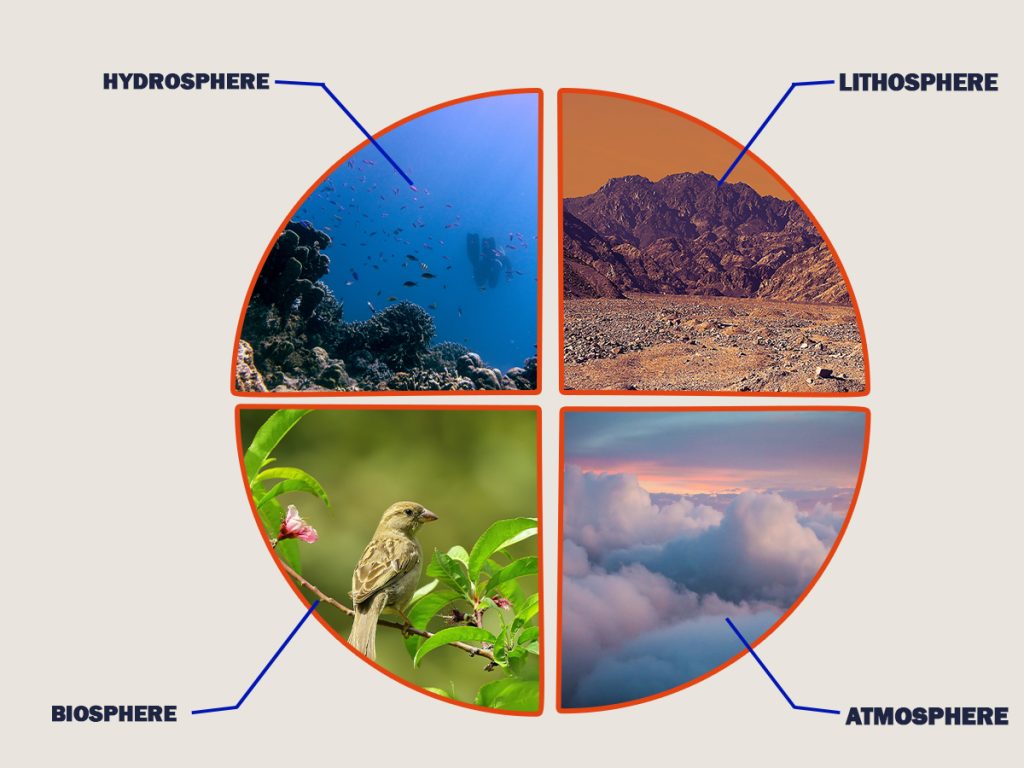
In physical geography, there are 4 major earth systems;
- The Atmosphere: This can be defined as a layer of air surrounding the earth which gives us clouds, the ozone layer, weather, and oxygen which is essential for the survival of living organisms.
- The Hydrosphere: This is the part of the earth that is composed of water. Examples of the hydrosphere are oceans, seas, rivers, lakes, streams, ice caps, the water in the soil, and water molecules in the atmosphere. etc.
- The Lithosphere: This can be referred to as the rocky outermost layer of the earth. The lithosphere rocks form our continent and line the bottom of our oceans (the river basins).
- The Biosphere: This refers to the part of the earth’s surface where life exists or the part of the earth where living organisms live.
No matter what you choose to place your focus on, in the field of physical geography, all the four major earth systems listed above will always play their roles.
The process in which these four major earth systems play their roles is known as an ecosystem(sounds familiar?)
An ecosystem is a community of living things interacting with their non-living environment based on these underlying earth systems. It can also be defined as a community of living organisms along with their natural habitat and the non-living components of their environment.
A typical example of these ecosystems is the Australian great coral Reef. On the northeastern coast of Australia, is the world’s largest coral reef (the great barrier reef), It is comprised of almost 3000 individual reefs that is home to more than 9000 different species of organisms working together to build their home.
Since the great carrier reef like all coral reefs is life, the reef itself is part of the biosphere. Even the skeletons of each reef are built by the corals themselves, the hard coral of the chemical reefs secretes a chemical compound called Calcium carbonate (CaCO3 ) which hardens into limestone, and that limestone is part of the lithosphere and forms the rock foundation that protects the corals and other organisms from the ocean currents and waves.
Even after the coral dies the limestone remains and becomes a suitable spot for new corals to grow and thrive. The great barrier reefs also exist in the pacific ocean underwater, so the hydrosphere surrounds it. Also, the ecosystem still interacts with the marine ecosystem through storms.
Whether you believe it or not, these coral reefs that look delicate are more successful and thrive better where the atmosphere and the hydrosphere interact (i.e. during the storm). It is estimated that thousands of cubic kilometers of the ocean waters flow through the great barrier reefs bringing food materials, oxygen, and moderate regulation of temperatures for all organisms that live in the reefs. By looking at the interactions between these earth systems, we can help identify what helps our ecosystem thrive.
What causes these 4 spheres to interact?
We can start thinking like a physical geographer, by asking “What causes these four spheres to interact”. Well, the earth’s Lithosphere, Atmosphere, Biosphere, and Hydrosphere are driven and controlled by the sun and insolation (i.e. Incoming Solar Radiation).
For example, The energy of the sun heats up liquid water (could be from oceans, seas, rivers, lakes, and other water bodies) causing it to turn to water vapor, and that water vapor makes density in the atmosphere forming clouds and rain, the rain enters a lake, river and other water bodies or it may become frozen in the glacier, over sometimes, that glacier might move down the sides of the mountain (basal sliding), altering earth surface and providing a suitable habitat for the smallest of bacteria.
As physical geographers, we can say that our areas of study are everywhere light touches and more (that’s very broad, right? ). Just like Being a doctor, but you focus more on studying the human brain to be a neurosurgeon or being a wildlife conservationist but you spend most of your time studying more about birds in order to become an ornithologist, etc. Physical geographers make up the geo-ecosphere and specialize in different processes:
6 branches of physical geography
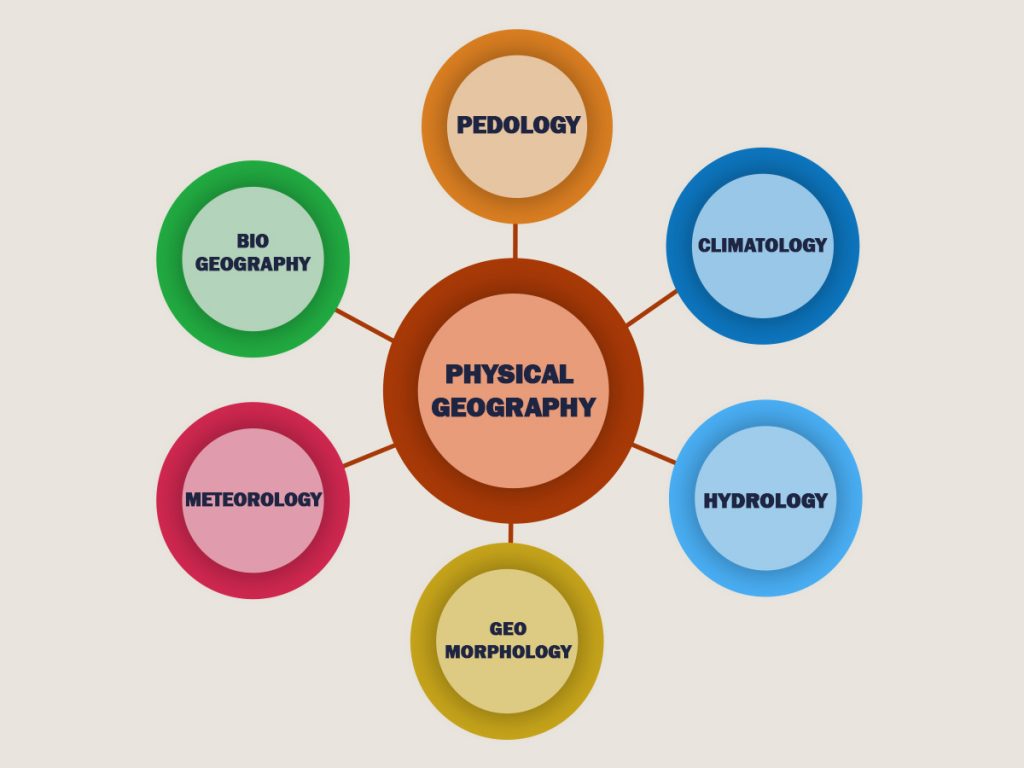
Here are 6 branches in the field of physical geography;
- Geomorphology
- Hydrology
- Climatology
- Meteorology
- Biogeography
- Pedology
- Geomorphology: This is a branch of physical geography that deals with the study of the origin and the evolution of the shape of the earth’s surface and landforms.
- Hydrology: This refers to the study of how water is moved, distributed, and managed above and below the surface of the earth. E.g. oceans, Rivers, lakes, streams, and groundwater.
- Climatology: This can be defined as the study of the atmosphere and the weather patterns over time.
- Meteorology: This is the study of atmospheric processes and phenomena.
- Biogeography: This is a branch of physical geography that has to do with the study of the spatial distribution of plants and animals in an area.
- Pedology: This refers to a study that deals with types of soils and how they are formed
4 differences between physical geography and other scientific fields
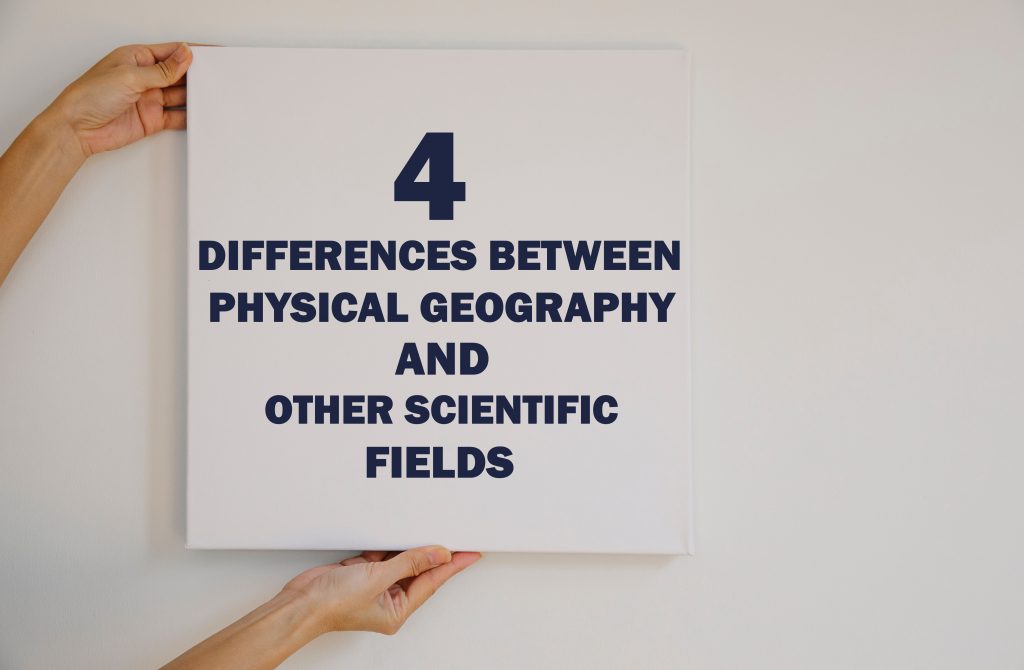
Here are 4 unique differences between physical geography and other scientific fields;
- Physical geography focuses more on spatial patterns in the landscape.
- It deals with investigating the variations from place to place in the various spheres (i.e. biosphere, hydrosphere, lithosphere, atmosphere, etc.).
- Physical geographers study the complex interactions within and between the different spheres and how they change over time and across different scales.
- It focuses on how ecological processes are distributed across space.
In conclusion, giving the definition of physical geography, listing out all the different earth systems, and the branches of physical geography will help in giving you a brief overview of physical geography.


